

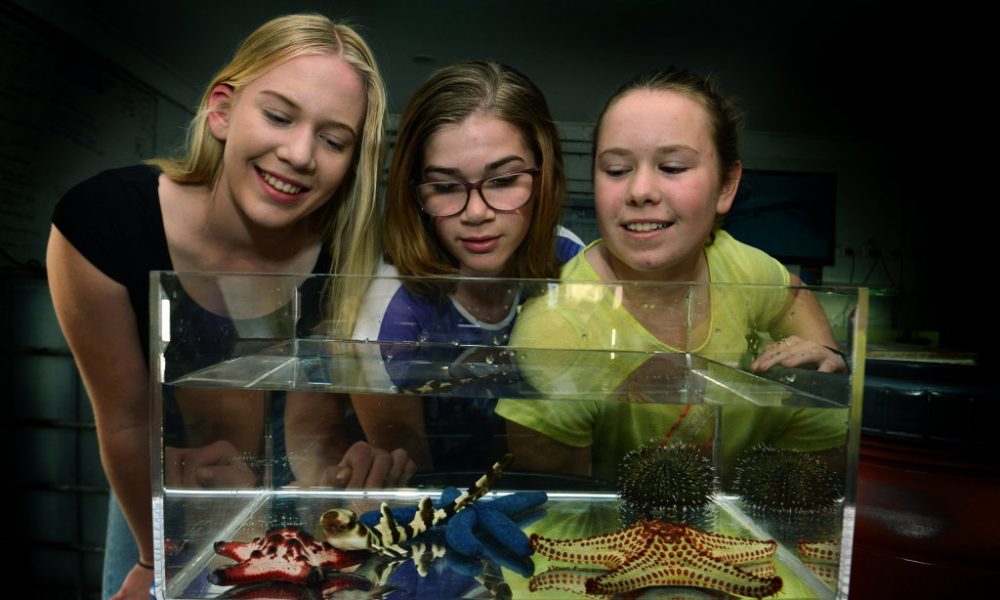
Our High School marine focused incursions and excursions and science programs cover all levels from Year 7 through to Year 12 and are designed to provide direct links to the Australian National Curriculum with opportunity for cross curricular focus. With the help of our team of live marine animals we bring study to life with real life examples that represent themes including:
As our programs are tailored to suit your requirements, our marine based incursions will compliment your science, marine studies or biology classes and help you meet required learning objectives. We will always go the extra mile to cater for children that have extra needs or special interests.
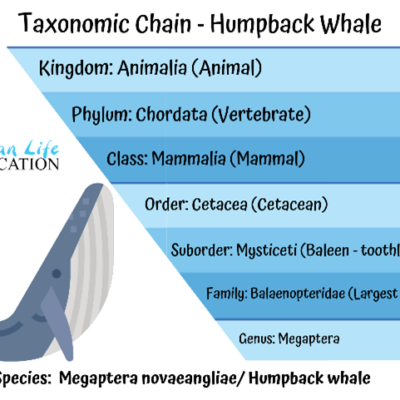
Classification is the process of organizing and categorizing living organisms into groups based on their shared characteristics. This scientific practice allows us to understand the vast diversity of life on Earth, making it easier to study, communicate, and learn about different species. This theme covers:
-Why do we classify animals? Diversity of life – organisation, communication, understanding relationships.
-How do we classify animals? Characteristics and traits.
-Different levels of classification/ taxonomy – Kingdoms through to genus
-Comparisons with humans – including some surprising facts about our relationship with sharks!
-Observation experiments and activities – with our diverse team of live animals
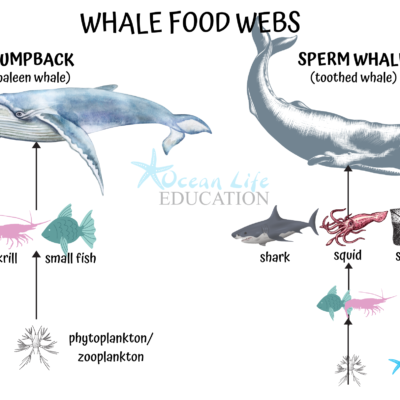
Exploring food chains and food webs – who eats whom and the food chains in an ecosystem. Each organism in an ecosystem occupies a specific trophic level (position) in the food chain or web. We examine top to bottom of the trophic pyramid – from producers to primary, secondary and tertiary consumers and apex predators right through to the decomposers.
We look at feeding relationships – how energy and nutrients flow through an ecosystem as various organisms consume each other for survival. This topic includes:
-What are food chains and webs?
-Trophic levels: key concepts – producers, consumers, decomposers
-Energy flows and the importance of food webs
-Impact of changing of changing components within these systems, including human impact
-the role of energy in causing change in systems
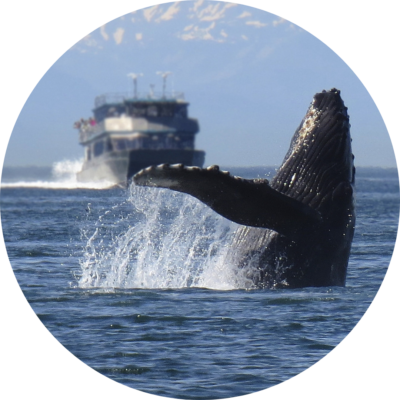
Human impact on the marine environment refers to the ways in which human activities have altered and influenced the ocean. As our society has grown and developed, our actions have had far-reaching effects on ecosystems, biodiversity, climate, and more. Here we discuss the following key concepts:
-Population growth
-Habitat and biodiversisty loss
-Climate change
-Pollution
We also cover Examples of Human Impact: Air Pollution, Deforestation, Ocean Pollution, Overfishing
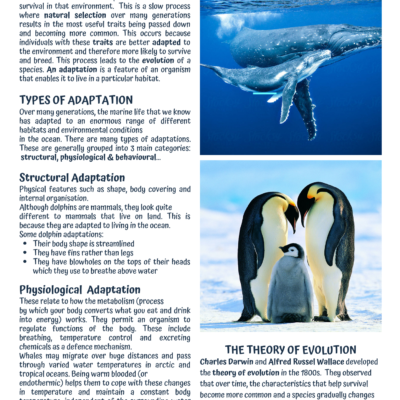
We discuss the remarkable ways in which marine organisms have evolved and adjusted to survive and thrive in the challenging and diverse environments of the world’s ocean. How the ocean is a complex ecosystem with varying conditions, which require marine life to develop unique adaptations for survival. Adaptation includes:
-Variation
-Physical Adaptations
-Behavioral Adaptations
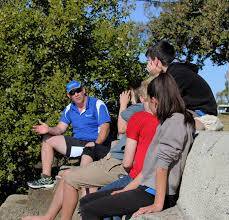
Your program will be led by Marine Ecologist and Director of Education, Richard Coward (BSc.,DipEd) who is a passionate environmental educator and will thoroughly engage your students in their learning. Read more about Richard and our team.
For more information on how we can support your class, contact us or visit our pricing page.
‘Fantastic way to get students engaged in Marine Ecosystems and to gain an insight into human environmental impacts’.
Katherine Stephanos – St Thomas More College (Y7 – 12 Science Week Activity) 2018
‘Provided my students with real-life, hands-on experience observing the various classes of echinoderms. Easy-going, humorous dialogue which added depth and breadth to understanding structural and behavioural adaptations. I highly recommend an Ocean Life Education visit’
Adam Richmond – Clontarf Beach State High School (Yr 11)
Read more testimonials from a range of educators.